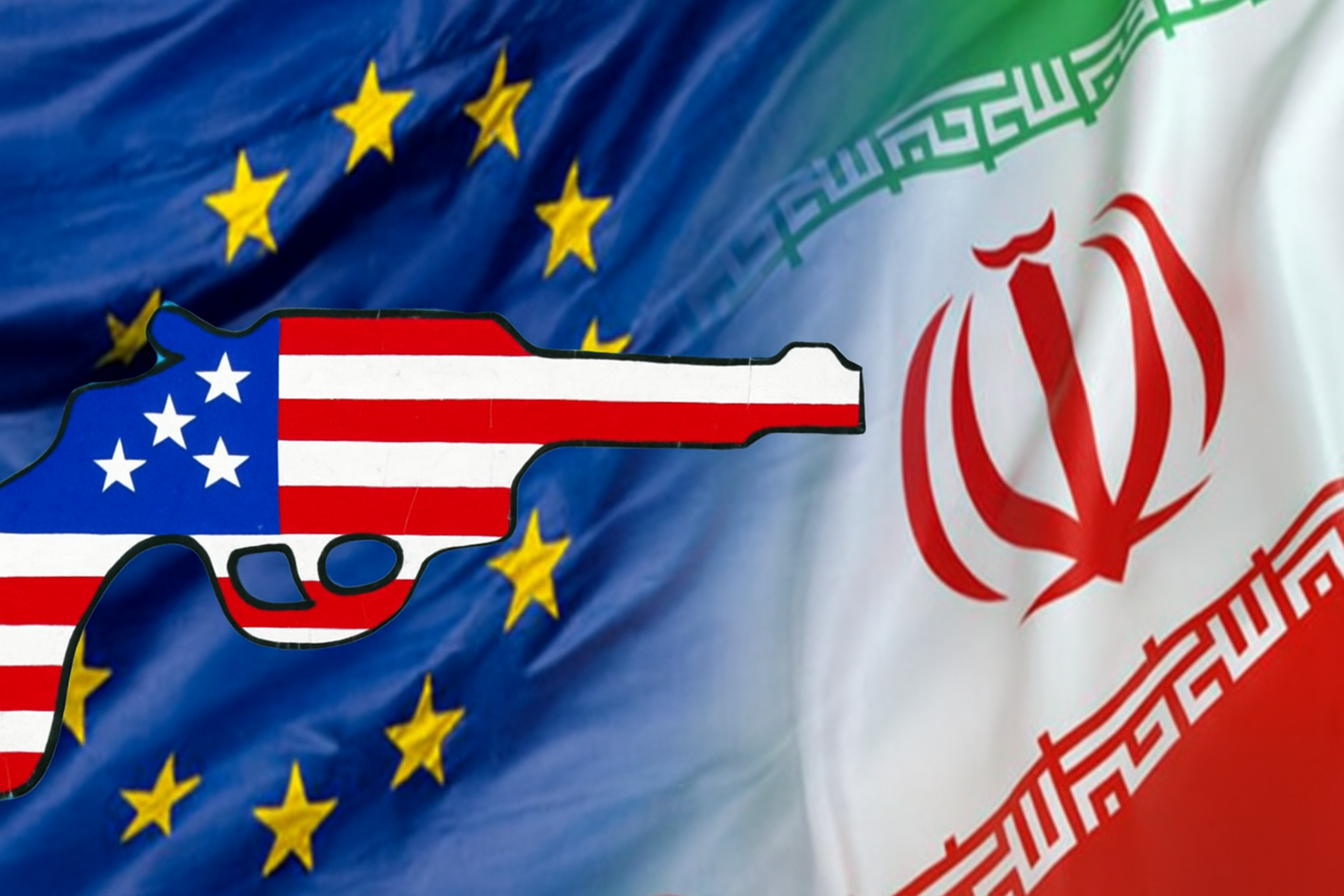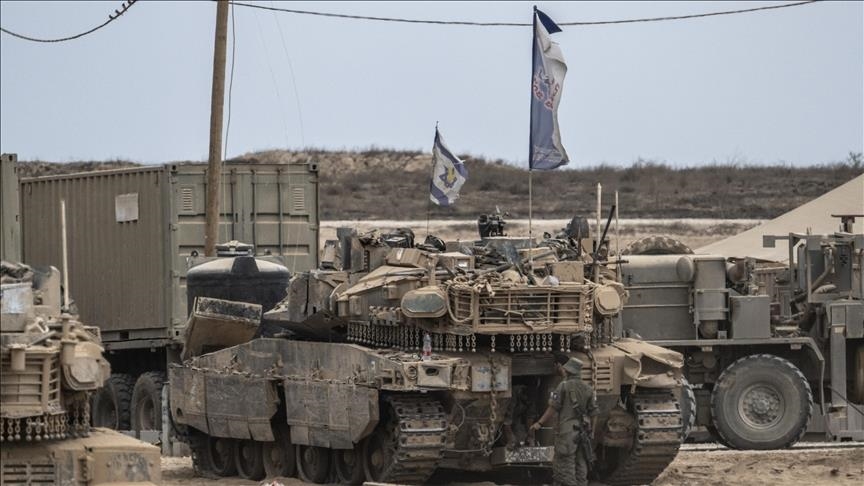With the renewed surge in European threats to trigger the snapback mechanism—especially following their evident and meaningful role in the recent aggressive attacks by the United States and the Zionist regime on Iranian soil—it is now an established belief that Europe played a significant role in the “JCPOA-killing” project and is now actively involved in the war-mongering scenario. This text provides a documented report on Europe’s role in the diplomatic deadlock.
Tehran – Iran View 24
The 2015 Joint Comprehensive Plan of Action (JCPOA), signed by the Islamic Republic of Iran, could have marked a turning point in the political and economic relations between Iran and the European Union. It could have served as a strategic platform to open a new chapter in bilateral relations. However, the European Union, by adopting a dual, passive, and at times even uncommitted—and in recent years, hostile—approach, refrained from taking advantage of this strategic opportunity.
Failure to uphold JCPOA commitments, de facto withdrawal from the agreement, issuing political and unrealistic statements by the European Troika on the sidelines of IAEA Board of Governors meetings, expanding discussions from the nuclear program to Iran’s missile program, and, ultimately, the recent threats to trigger the snapback mechanism have effectively led the diplomatic path to a gradual demise. Furthermore, the twelve-day military attack by the Zionist regime and the United States against Iran occurred immediately after the European-proposed resolution was passed by the IAEA Board of Governors, highlighting the dangerous alignment of these policies.
At the same time, the European Union, in a clear contradiction, accuses Iran of non-compliance with JCPOA commitments, while after the unilateral and illegal withdrawal of the United States from the agreement, it not only took no practical steps to preserve the deal but in fact moved towards undermining it.
Two Disheartening EU Approaches after U.S. Withdrawal from the JCPOA
The EU’s approach following the U.S. exit from the JCPOA specifically led to Iran’s pessimism and disappointment in two major areas:
-
Claiming to promote engagement through mechanisms such as INSTEX—a mechanism that not only lacked the executive capacity and effective support for Iran to benefit from the deal, but in practice served as a deceptive tool to keep Iran committed to unilateral obligations.
-
Adopting a policy of threats and pressure, relying on the threat to trigger the snapback mechanism, alongside unofficial economic and political restrictions and issuing repeated statements on unrelated areas such as human rights and Iran’s missile capabilities—a process fully aligned with the security-political agendas of Tel Aviv and Washington in their project to securitize Iran and restrict nuclear diplomacy.
The snapback mechanism, which was included in the JCPOA text as a last-resort tool for resolving disputes, was meant to be activated only in the event of serious violations by one party and after legal procedures and verification. However, threatening to use this tool without considering on-the-ground realities and legal and political requirements not only destroyed the atmosphere of trust but also severely weakened the possibility of returning to constructive paths.
Meanwhile, the EU could have facilitated the expansion of bilateral relations, mutual benefits from the deal, and the rebuilding of trust by distinguishing political disputes from the JCPOA’s technical obligations—thus outlining a new horizon in Tehran-Brussels political-security relations. Nonetheless, Europe once again, by adhering to its traditional alignment with Washington, practically undermined its own commitment to the deal.
Alignment of EU Policies with the U.S. Post-Washington Withdrawal
After the unilateral withdrawal of the United States in May 2018, the European Union’s actual performance in preserving the JCPOA showed no meaningful difference from U.S. policies. The securitization of Iran’s nuclear and defense programs, along with the reproduction of recurring allegations in areas such as human rights, evidenced Brussels’ full alignment with Washington.
While the JCPOA had clearly outlined the EU’s responsibilities toward Iran, the union’s actions consistently exhibited ambiguity and contradiction. In response to Iran’s reduction of its JCPOA commitments (as a reaction to the non-compliance of other parties), Europe labeled Iran’s actions as violations of the deal, citing Resolution 2231. This, despite the preamble of the JCPOA explicitly referencing its “step-by-step” nature and the “reciprocal commitments” of the parties.
Numerous documents, including IAEA reports and Joint Commission statements up until 2019—one year after the U.S. exit—confirm Iran’s full compliance with its commitments. Even European claims themselves explicitly state 2019 as the starting point for Iran’s reduction in commitments. The key question remains: What concrete actions did Europe take during that period to fulfill its JCPOA obligations?
Clear Violation of JCPOA Obligations by Europe
According to the explicit text of the JCPOA, the European Union was obligated to lift all economic and financial sanctions related to Iran’s nuclear program upon implementation of the deal and ensure Iran’s full access to its economic benefits. These included:
-
Facilitating financial transactions between Iranian and European institutions
-
Establishing banking relationships and opening Iranian bank branches in Europe
-
Providing insurance and SWIFT services
-
Financial support for trade, investment, and preferential loans
-
Trade in oil, gas, petrochemicals, and related technologies
-
Access to airports and maritime transport routes
-
Removal of sanctioned individuals and entities, among other items
Nevertheless, the European Union not only refrained from implementing these commitments, but in practice, along with the United States, also imposed new sanctions indirectly. This occurred despite the JCPOA’s clear requirement that the EU avoid any policy or action with a negative and direct impact on the normalization of economic and trade relations with Iran.
Europe’s Inaction Toward Its Accepted Commitments
In the joint statement of the foreign ministers of Iran and the P4+1 countries on July 6, 2018, European countries committed to 11 practical actions to preserve the JCPOA after the U.S. withdrawal, including:
-
Maintaining and expanding economic relations with Iran
-
Preserving financial channels
-
Continuing oil, petroleum products, and petrochemical exports
-
Sustaining transport relations
-
Increasing export credit ceilings
-
Supporting small and medium-sized enterprises
-
Encouraging investment
-
Supporting financial and commercial activities
-
Promoting private-public sector engagement
-
Practical support for trade
-
Protecting companies from U.S. secondary sanctions
The delay in launching INSTEX and its eventual transformation into a minimal structure for trading non-sanctioned goods (food and medicine) must also be added to the list of European inaction regarding the nuclear deal. This issue significantly discouraged Iran and motivated it to avoid remaining bound by unilateral nuclear commitments.
Europe’s deceptive backtracking from the diplomatic path came despite its repeated claims of being a party to the JCPOA and its emphasis on commitment to reviving the 2015 nuclear deal as a key element in the global non-proliferation architecture and under Resolution 2231. Yet in practice, not only did it fail to uphold its JCPOA commitments, but by continuing coordinated policies with the U.S. involving coercion and provocative pressure, it effectively drove diplomacy to a dead end.







